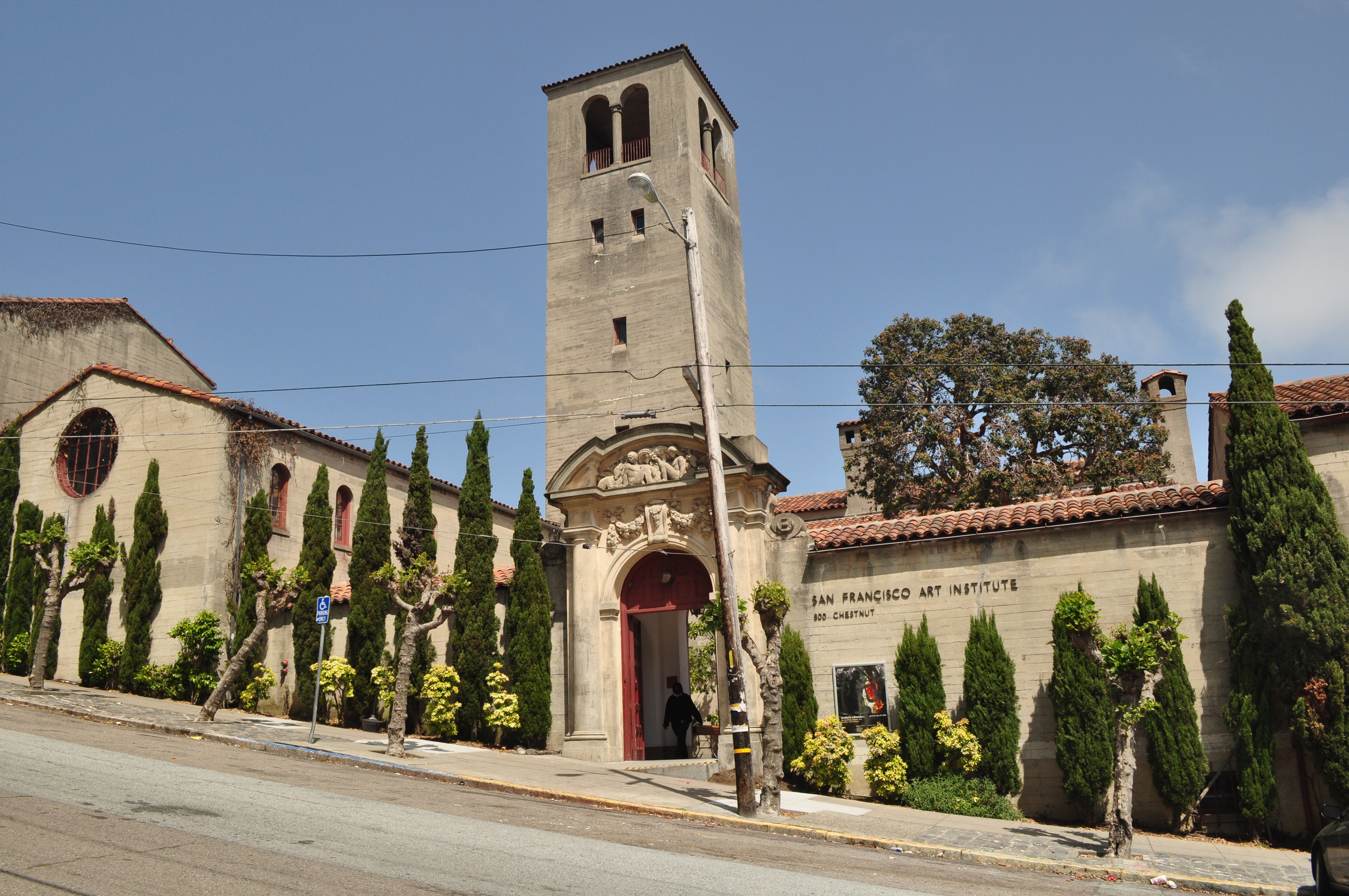
Laden with outstanding debts, the San Francisco Art Institute (SFAI) has filed for Chapter 7 bankruptcy. The move will require the 151-year-old school to liquidate its remaining assets to pay creditors.
The filing marks what is perhaps the last chapter of the once-important institution, which dwindled operations in recent years before finally closing its doors for good last July. However, one significant question still needs answering: What will happen to SFAI’s famed 1931 Diego Rivera fresco?
According to a report from the San Francisco Chronicle, the art school owes more than $10 million to various creditors. Chief among them is the University of San Francisco, which claims to be owed more than $6 million following the dissolution of a deal to acquire SFAI last summer
The Regents of the University of California and the Fort Mason Center for Arts and Culture, owners of SFAI’s two different campuses, say they’re due $450,000 and $750,000, respectively, in unpaid rent. Also on the list of creditors are the many former faculty members who lost their jobs and are now owed severance.
As for its assets, SFAI reported in the filing that it owns a $125,000 painting by noted Mission School artist Alicia McCarthy and $50,000 in office equipment and art supplies. The school’s real treasure is the Rivera mural, which has been estimated to be worth as much as $50 million. Whether or not the institution will be able to sell the artwork to pay off its debts, however, remains unclear.
Diego Rivera’s mural at the San Francisco Art Institute. Courtesy of the San Francisco Art Institute.
In late 2020, SFAI’s board voted to explore “pathways and offers for endowing or selling” the fresco to save the school, and Star Wars creator George Lucas was even rumored to be interested in acquiring it. But the move was promptly met with backlash from students, alumni, and community members. Photographer Catherine Opie, who graduated from SFAI in 1985, called the possible sale an “incredibly unconscionable decision” in an open letter to the school’s board.
The mural was subsequently declared a San Francisco landmark. As such, it cannot be moved without the permission of the city’s Board of Supervisors.
Supervisor Aaron Peskin, who sponsored the landmark legislation, told the Chronicle that he is looking to transfer the piece to a public gallery or museum.
SFAI’s legacy rivals that of any other art school in North America. Its list of alumni and former faculty members reads like a 20th-century art historical phonebook, with names like Ansel Adams, Annie Leibovitz, Mark Rothko, and Kehinde Wiley. But for many, the school’s previous highs made its precipitous—and messy—decline that much more painful.
In March of 2020, following the mass closures of the COVID-19 pandemic, SFAI announced that it would suspend its degree programs, stop enrolling students, and close indefinitely. Weeks later, the institution’s board voted to keep the school open in a limited capacity and launched a “campaign to reset and reinvent the school’s business model.”
By July, the outlook appeared even brighter when the school received more than $4 million in donations. The board vowed to reinstate its degree programs in the Fall and invited students to re-enroll.
But the outpouring of support proved to be too little, too late. SFAI officially ceased operations in July of 2022.
“The reality is that schools this size that are tuition-based are a vanishing species,” Gordon Knox, a former SFAI president, told the Chronicle. “And there is no changing evolution.”
More Trending Stories:
55 Hindu Relics Stolen From Temples Across India Have Been Located in the Home of an Art Collector
Considering a Job in the Art World? Here’s How Much Art Professionals Actually Make for a Living